
We know that because of his ideas and thoughts that were so contrary to life in Spain during the 19th and 20th centuries, Miguel de Unamuno was banished from the city of Salamanca, being forced to abandon his current life to be confined to the island of Fuerteventura.
In this article we will recount not only Unamuno's experience during his four-month stay on this fortunate island, but also the mark he left on it, which is still with us today.
Who was Miguel de Unamuno?
Before we tell the story of this iconic writer and teacher on Fuerteventura, we will short introduction of this historical figureWe will be able to better understand the way he acted during his stay on the island, as well as some lines from his famous books dedicated to the island.
Unamuno was and is one of the most important writers who belonged to the famous Generation of '98.where concern for the future of Spain was the topic of the day.
Born in Bilbao in 1864, he was the son of a merchant who died prematurely, causing his family to eke out a meagre existence when Unamuno was only six years old.
When his father emigrated to Mexico, not only had he brought with him a small fortune that his family had enjoyed until then, but he had also returned to Spain. loading a small librarywhich would become Unamuno's first contact with books.
At the age of nine, he started the Carlist Warwhere the city of Bilbao was bombed by the Carlists.
Unamuno regarded this as the first significant event in his lifepreceded by the explosion caused by a Carlist bomb on 21 February 1874 which caused one of the roofs near his house to detach.
As a result of this, Unamuno forged many of the ideas and feelings about Spain that he would reveal in his later years in works such as "De mi país" and his first novel, Peace in War (1897).
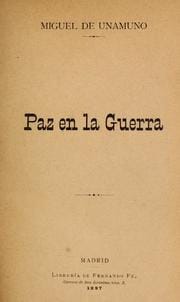
Miguel de Unamuno.
Bilbao was the city in which many of the ideas and interests that never left him were born, and some critics even insisted that he was the first to be born in Bilbao. Basque origin Unamuno's work can be seen not only in his novels, but also in his personality.

Bilbao
Unamuno left for Madrid in 1880 to begin a degree in Philosophy and Letters, encouraged by her father's book collection, as well as by a high school teacher who had Balmes and Donoso Cortés as compulsory reading, authors that she had read at the end of her studies. did not quench Unamuno's thirst for curiosity.and which caused him to sink between the pages of authors such as Kant, Descartes, Hegel and Newtonamong others, thus awakening Unamuno's vocation as a literary man and thinker.
Madrid did not make a very positive impression on the writer, but he returned for several periods of his life to give lectures, or when his professional position required him to take charge of some management or public event.
SalamancaInstead, is in first place in Unamuno's life as the place that left the greatest mark on him.
Here, he made his home until the time when he was banished to FuerteventuraHe returned home after his own exile to France, where he died on the evening of 31 December 1936.
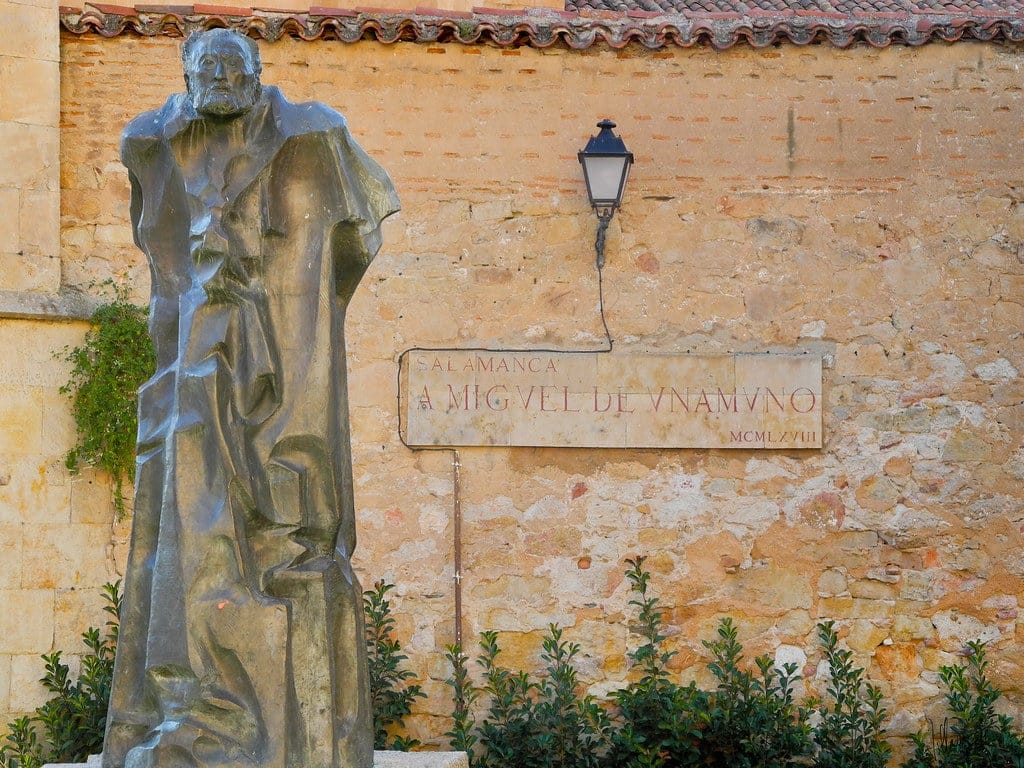
Salamanca
In this city, he obtained the place for the Chair of Greek at the University of Salamancawhere he began teaching on 2 October 1891, the year in which he settled with his family.
During his early years in Salamanca, he experienced a rather monotonous routine where he attended his classes and attended to his family obligations, while also writing his first work, already mentioned above, Peace in War.
Far from ignoring the problems affecting Spain at the time, Unamuno was appointed to the post of Rector of the University of Salamanca on 30 October 1900, a post he held until 1914, when he was removed for the first time as the highest authority of the University.
This fact marks Unamuno's first steps in his political campaign as a socialist in the midst of a dictatorship, which led him to suffer the famous exile to Fuerteventura, which took him away from his country and his family.
He was also sentenced to sixteen years in prison for insulting Alfonso XIII, but was acquitted.
Now it is!
With that, we leave behind this brief explanation and introduction to the early life of Miguel de Unamuno before being exiled to Fuerteventura, giving way now to a brief account of his life on this island, a their thoughts during their stayto their acquaintances and to the lines dedicated in his works to this precious place.
UNAMUNO IN FUERTEVENTURA
The 13 September 1923, General Primo de Rivera staged a coup d'état. which aimed to pull Spain out of the chaos in which it was immersed due to the politics of the time and the war in Africa.
One of the first measures carried out was to end the with freedom of expression and with the publications expressed by the press.The news of the day is under government control.
For this reason, the articles and criticisms that Miguel de Unamuno published during those years against the King and the military dictatorship of Primo de Rivera, brought as a consequence as a result of which, on 20 February 1924, the writer was declared an exile. and dismissed from the posts of vice-rector and dean which he held at the time.
"Precisely on 21 February 1924, the same day that 50 years ago, when I was a child, I felt the second of the bombs that the Carlists dropped on Bilbao fall on the house next door to mine. Fifty years after that, the successors of that time took me out of my house".
Students, journalists and some politicians protested on Unamuno's behalf, and even these protests spread across the countrythroughout the European continent and even, by Spanish America.
Overnight, Unamuno became a sort of European figureBut even so, the writer was forced to leave his life in Salamanca behind, being seen off amid applause and cheers from the train station on his way to Madrid.
On 10 March 1924 he arrived in Fuerteventura with little luggage, carrying only three books.
The choice of why this island was the destination of choice was driven by the fact that it was one of the most important most remote and remote places in the whole countryThe news was so late that the actual news arrived between 8, 10 and even in some cases 15 days later.

Fuerteventura
In the early days, Unamuno reflected this opinion in his first articles written on the islanddescribing it as:
"This unfortunate land, where, amidst the peaceful calm of the sky and the sea, I write this commentary, measures at its longest, from north to south point, one hundred kilometres, and at its widest, twenty-five kilometres. At its south-western end it forms an almost uninhabited peninsula, where, amidst the naked solitudes and solitary nakedness of the wretched earth, a few shepherds wander".
Despite its first impressions, Fuerteventura was being discovered by one of Spain's greatest personalitiesThis gave rise to its history as a legend, thanks to an anonymous journalist who proclaimed its fame in an article following the writer's banishment:
"Today the name of Puerto de Cabras is not unknown in both worlds, and it is even repeated by millions of lips and written [...] by the most prestigious writers of contemporary literature".
Unamuno lived for four long months on this island, and his stay was considered as a a government failureThe writer was unwilling to let the Dictator and the extremist parties take away what was later considered to be a strong quixotic adventure.
However, his life during his time in confinement can almost be reconstructed day by day, thanks to the confessions in verse and prose forms which he wrote during the first months of his exile, which he later added to in his work From Fuerteventura to Paris (1925).
In addition, his writings were also published in newspapers such as "Nuevo Mundo" in Madrid, in "Caras y Caretas" in Buenos Aires and in "El Tribuno" in Las Palmas, which told some more interesting facts, together with his letters, his statements and even testimonies from people who lived with him during his stay.
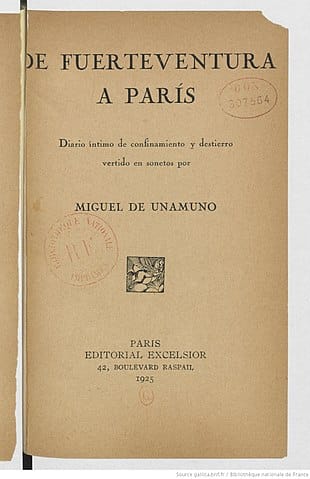
Miguel de Unamuno's diary
Unamuno spent his first days with Rodrigo Sorianohis companion in exile, in a boarding house called Hotel FuerteventuraThe house, a humble house located between the prison and the church.
But it was with Ramón CastañeyraUnamuno, a self-taught merchant, who had formed his own small private library and received newspapers from Las Palmas and Madrid, with whom Unamuno had a close relationship and friendship.
"It is only right that your name should be the first to appear at the head of this painful book, for you were the true godfather of these sonnets, the first to know them, the one who picked them up, still livid from the birth when they were crying their first tragic cry, and you even assisted in the gestation of some of them".
Dedication by Unamuno to Castañeyra in his book De Fuerteventura a París.

It is currently known as the Casa Museo de Unamuno.
Unamuno also speaks in these pages of people like Victor Martinthe parish priest of Puerto de Cabras, Paco Medinathe innkeeper, and Pancho LópezAll of them confidants in whom Unamuno sought solace when he needed it, or a drink in good company.
The writer was described as an aggressive person, with a fearsome temper and sometimes a pride bigger than a house.This can be seen in one of his most famous phrases, said at the time when the owner of the Hotel Fuerteventura called him to attention in response to complaints from neighbours for bathing naked on the roof of the hotel:
"I don't look at them, let them not look at me".
One of the writer's greatest distractions was his CAMEL RIDES in the vicinity of Puerto de Cabras, as can be seen in one of Unamuno's most famous photographs.
He is described as a man "serious, grave, solemn, like a gentleman of the East".
At other times, they performed excursions to the interior of the islandUnamuno got to know it inside out.
In his poems and in articles we find how the various villages of Fuerteventura leave a permanent mark on the writer's heartThe testimony in which he confesses how in the last year of his life, he refers to Puerto de Cabras, La Oliva, Pájara and Betancuria, stating that "he was very moved by the fact that in the last year of his life, he referred to Puerto de Cabras, La Oliva, Pájara and Betancuria":
"How often do I think I'd be better off there, when can I go back to look at that and give him a hug there?"
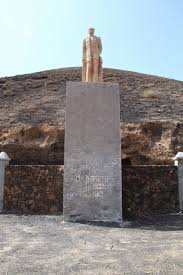
On these journeys he was also accompanied by Juan Medinabrother of the innkeeper and José Naranjoto whom we owe most of the photographs we have today. A testimony of the young Naranjo states that he heard Miguel de Unamuno confess that Betancuria will be well engraved within itself, as well as that it will "The temple of Santa María was one of the most valuable and picturesque things in the village and one of the most traditional in the Canary Islands".
Likewise, the wall of Punta Jandía that separated the ancient kingdoms of Fuerteventura transported Unamuno to the prehistory of the island.
The writer decided to abandon his stay on our beloved island in July 1924, and never returned to it again. This may have led to the fact that Fuerteventura does not form part of the three cities that most marked Miguel de Unamuno throughout his life, since, as we have seen, he only lived here for four months.
Even so, there was not a single day in which Fuerteventura did not find a place in the thoughts of this famous writer, causing him a deep longing and yearning that he was never able to satisfy.
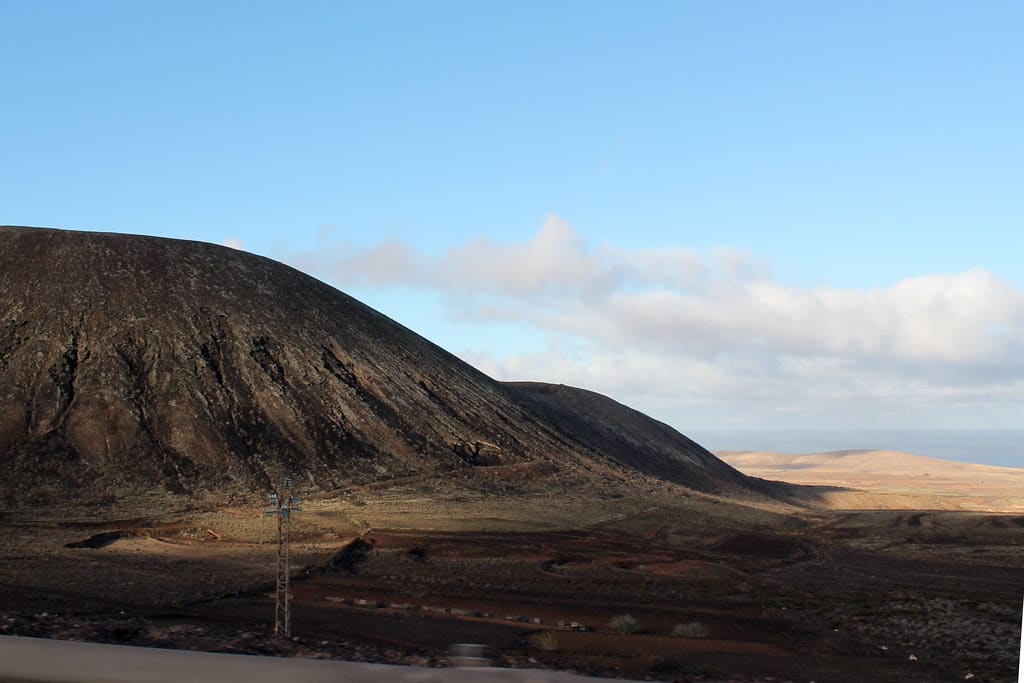
Fuerteventura
UNAMUNO'S HOUSE MUSEUM: INFORMATION FOR VISITORS.
Good! Now that we have done this brief historical tour of Unamuno's life and his stay in Fuerteventura, we want you to get to know in depth the place that has seen the most of him during these four monthsfrom 12 March 1924 to 9 July of the same year: Hotel Fuerteventura.
It is now known as the Miguel Unamuno House Museumand in it, we can see the decoration in the rooms used by the writer, your bedthe desk where he put down his thoughts and ideas with pen and paper, the kitchen or living room I used to use.
Moreover, not only that, but the walls of this House Museum are decorated with the multiple texts that Unamuno told about Fuerteventura after his departure.
Thanks to the fact that Unamuno's house was the usual place for gatherings between himself and his friends, this museum conceals a myriad of stories between its walls and furniture that you definitely can't miss!
Here we leave you the information you need so that you can live among its wonderful pages for the duration of your visit, we promise you won't regret it!
Located in front of the Church of Puerto de Rosario, and next to the Cabildo of Fuerteventura, you should have no problem in locating it, since the Museum is very well signposted from different parts of the city.
Its opening hours are from 9 a.m. to 2 p.m. from Monday to Friday and on Saturdays from 10 a.m. to 1 p.m. Closed on Sundays and public holidays.
A visit to the museum is totally free of charge. In addition, it offers a range of servicesYou will also be able to enjoy them free of charge.
- Conference room, Permanent exhibition room, Museum and bibliographic collections.
- Guided tours conducted by the museum's own staff.
- PublicationsMuseum Guide. Facsimile edition of the book from Fuerteventura to Paris, as well as other supports.
- Activities: Annual courses on the occasion of the Miguel de Unamuno Cultural Chair.
If you have any questions or doubts, please contact the Museum House directly using the contact details below:
Contact Phone: 928 862 376. / 928 532 299
Contact email: cultura@cabildofuer.es
It is definitely worthwhile to travel back in time and go into the 20th century, thanks to this historical and iconic place that we can boast of on our wonderful island, we also recommend the article about the Fuerteventura's incredible viewpoints so that you can fall in love even more of the island.

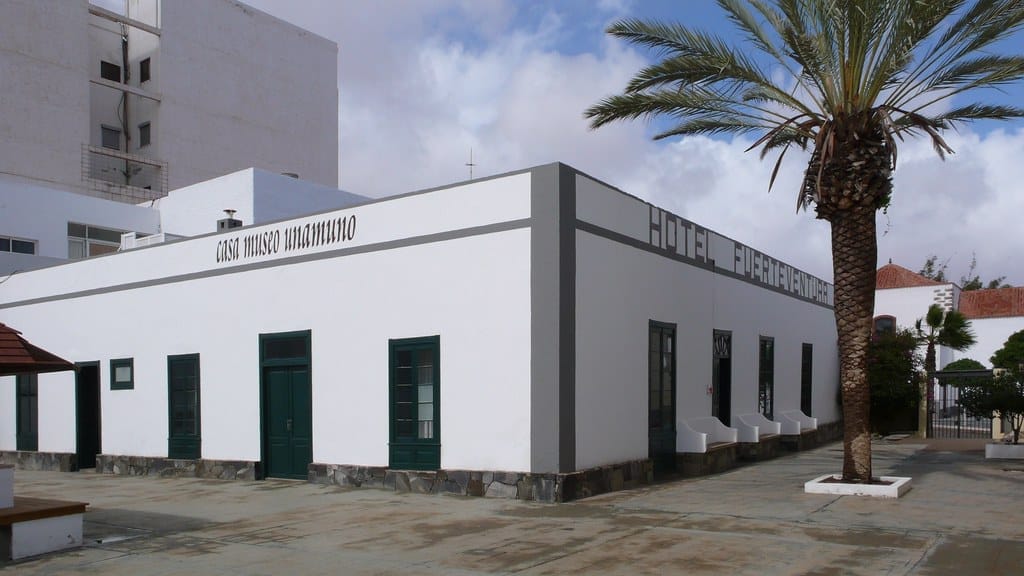
Add comment